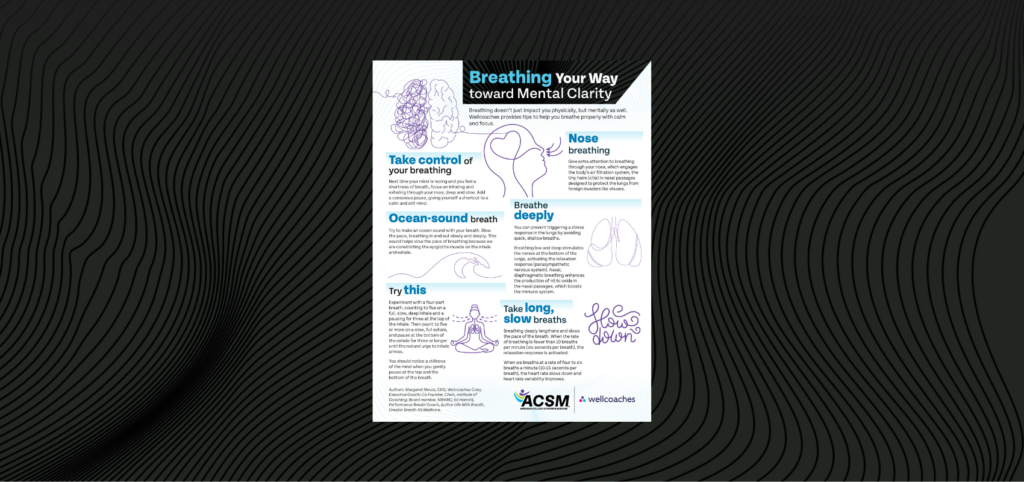Making the Business Case for CEPs

The influence of cardiopulmonary rehabilitation (CR) participation on desirable patient outcomes is well established. Moreover, the role clinical exercise physiologists (CEP) and exercise physiologists serve in such programs is becoming better understood and desirable in many health care settings. Less understood, and perhaps more vital for substantiating the CEP’s role in health care, are the […]
How Being Dual Credentialed Can Improve Your Hiring and Salary Potential

Whether you are a seasoned fitness professional or a new trainer entering the field, it’s more important than ever to be versatile and competent in working with a variety of clientele. As our industry shifts with the needs and demands of the public, we want to be educated and experienced working with clients one on […]
A Day in the Life of a Group Exercise Instructor

I always laugh when people assume that teaching group exercise means getting paid to exercise. So far from the truth! Any group instructor knows this is a fallacy. From the outside it looks easy to do — a little like a duck gliding along the in water, you don’t see the little legs churning. Still, […]
Breathing Your Way toward Mental Clarity

Breathing doesn’t just impact you physically, but mentally as well. This infographic shares breathing exercises to help you or your clients control breathing as a way to improve mental health.
Integrating Eastern Mindfulness Movements into Exercise Routines in the Era of the Pandemic

Take a look at the mass media and social media you are currently watching or reading in the month of May. What do you see? Most likely, you see articles mentioning Mental Health Awareness Month, Asian American and Pacific Islander Heritage Month, and exercise or physical activity recommendations in the era of the COVID-19 pandemic. […]
Alcohol Consumption and Exercise Performance

Alcohol consumption is a topic that is not often discussed with respect to exercise performance. Typically, people joke about alcohol consumption, in general; and yet, alcohol abuse is a very serious subject. In addition, it has been well established that alcohol negatively affects health and exercise performance. Alcohol has been shown to result in damaging effects to […]
Mental Health Awareness and the Role of Exercise Professionals

May is Mental Health Awareness month, which the American Heart Association calls “a time to raise awareness of those living with mental or behavioral health issues and to help reduce the stigma so many experience.” We might increase awareness by letting people know about the National Suicide Prevention Lifeline, which provides around-the-clock emotional support for people in crisis. […]
Client Challenge: Life-Change Stress Leads to Overeating, Unhealthy Food Choices

In this series, we’re exploring a variety of client scenarios. We describe a few tips from my science-based coaching toolbox to help you help your clients engage fully in a fit lifestyle that allows them to thrive, whatever thriving means in their lives. Today, we explore how to coach a client whose work responsibilities bring […]
Henry Ford Health Reimbursement Case Study

The Preventive Cardiology department at Henry Ford Health in Detroit, Michigan, employs 18 clinical exercise physiologists (CEPs) across three sites, as well as two registered dieticians (RDs); there are no other allied health professionals on staff. The Henry Ford Health CEPs provide a wide variety of services: For all of these categories, the CEP documents […]
Clinical Exercise Physiologists in the Workforce

A clinical exercise physiologist (CEP) is an allied health professional trained to work with persons diagnosed with a chronic disease for which exercise training has been shown to be therapeutically beneficial. Such conditions include cardiovascular, pulmonary, metabolic, neuromuscular, immunological and orthopedic disorders, among others. Primarily, CEPs work in medically supervised environments providing programs or services directed by […]
